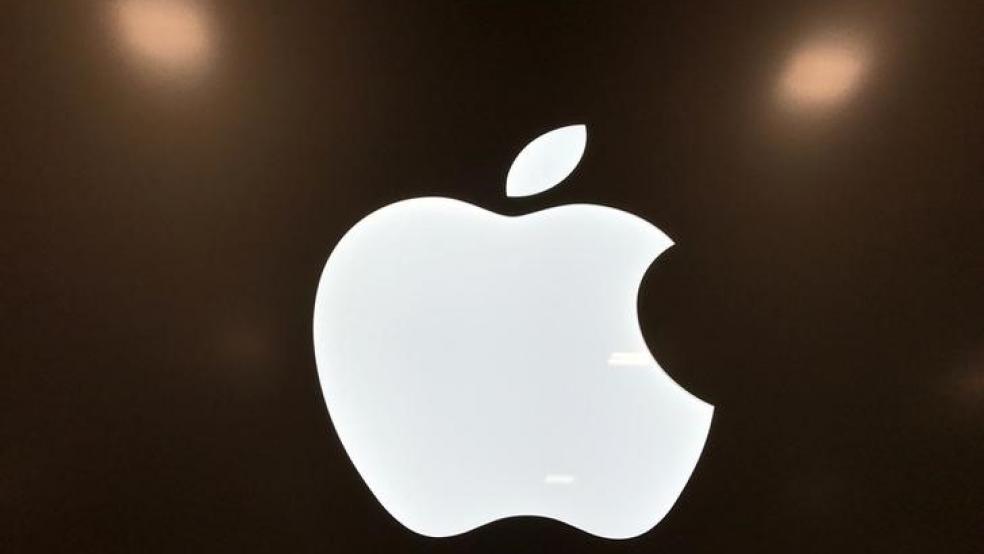WASHINGTON (Reuters) - U.S. private sector payrolls rose at a brisk pace in January as hiring increased across the board despite unseasonably cold weather, pointing to sustained labor market strength at the start of the year.
The robust jobs market is gradually putting upward pressure on compensation, with other data on Wednesday showing a solid increase in labor costs in the fourth quarter. Tightening labor market conditions and signs of a pickup in wage growth are likely to be welcomed by Federal Reserve officials who have long expressed concern about benign inflation.Fed officials were due to wrap up a two-day policy meeting later on Wednesday and were expected to leave interest rates unchanged. The U.S. central bank has forecast three rate hikes this year after lifting borrowing costs three times in 2017."It's a myth that wages are not going up so the Fed doves can stop thinking there is slack in the labor market," said Chris Rupkey, chief economist at MUFG in New York. "We now expect the Fed can lift rates four times this year and not the three rate hikes they penciled-in in December." The ADP national employment report showed private sector employment rose by 234,000 jobs in January, beating economists' expectations for an increase of only 185,000. December's payrolls count was revised down to 242,000 from 250,000. Manufacturing added 12,000 jobs last month and construction payrolls increased 9,000 despite bitterly cold temperatures in many parts of the country. There were also widespread job gains in the private services sector.The ADP report is jointly produced with Moody's Analytics. It, however, has a poor record predicting the private payrolls component of the government' more comprehensive employment report. The Department of Labor will publish January's employment report on Friday.According to a Reuters survey of economists, nonfarm payrolls probably rose by 180,000 jobs in January after increasing 148,000 in December. The unemployment rate is forecast unchanged at a 17-year low of 4.1 percent.STRONG START"While we do not take the ADP employment report into our forecasting methodology for payrolls, the report nonetheless suggests job creation got off to a strong start in 2018," said John Ryding, chief economist at RDQ Economics in New York.The dollar fell against the euro as an acceleration in underlying inflation in the euro zone in January kept expectations alive for a swift withdrawal of the European Central Bank's stimulus policies. Prices for U.S. Treasuries were mostly lower, while stocks on Wall Street were trading higher after two days of steep losses.In a separate report the Labor Department said the Employment Cost Index (ECI), the broadest measure of labor costs, increased 0.6 percent in the fourth quarter after an unrevised 0.7 percent rise in the third quarter. That lifted the year-on-year rate of increase to 2.6 percent, the largest gain since the first quarter of 2015, from 2.5 percent in the third quarter.Private sector wages and salaries rose 0.6 percent in the fourth quarter. They were up 2.8 percent in the 12 months through December, the biggest increase since the first quarter of 2015, and followed a 2.6 percent gain in the third quarter.Wage growth is expected to get a boost from the strong labor market, which is forecast to hit full employment this year. Economists expect the jobless rate to hit 3.5 percent by the end of 2018. A $1.5 trillion tax cut package pushed through by the Trump administration and the Republican-controlled U.S. Congress in December is also expected to bolster compensation growth. The tax cut has resulted in some companies either paying out one-time bonuses or raising wages for employees. Companies like Starbucks CorpU.S. private payrolls rise strongly; wage growth picking up

ROBERT GALBRAITH



